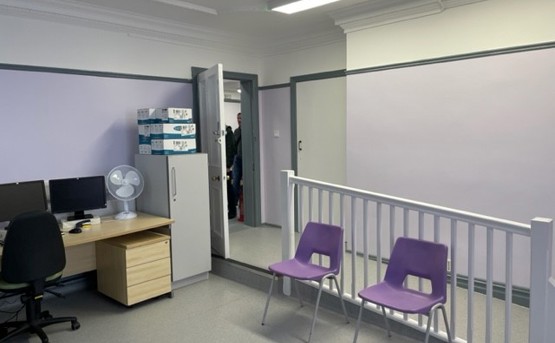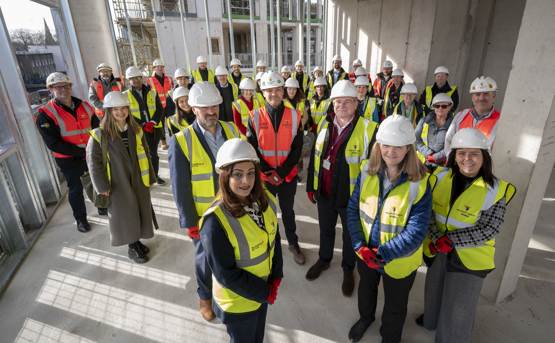
Published date: 18 November 2019
Saving the NHS £2m by reducing the office footprint
Friars Gate, Solihull
The property was occupied predominantly by Birmingham & Solihull Clinical Commissioning Group (BSCCG) and University Hospitals Birmingham NHS Foundation Trust (UHB), plus a small presence from South Warwickshire NHS Foundation Trust (SWFT), a small number of NHSPS staff and a large meeting room suite. It was established that BSCCG and UHB wished to remain on site but were willing to look at a consolidation exercise including more effective use of meeting space.
The existing lease was protected under the Landlord & Tenant Act 1954, which provided flexibility but only guaranteed a new lease on the full demise across both floors.
The NHSPS National Office Programme carried out a full options appraisal ahead of the lease renewal date, looking at renewal on a reduced footprint and both a full or partial relocation. All options underwent a thorough financial analysis through the Evaluation & Analytics team and it was determined that renewal on a reduced footprint was the best way forward in both financial and operational terms.
Despite initial opposition from the landlord, the Lease Events team were able to secure new terms on a reduced footprint across the 3rd floor and part ground floor, with no rental uplift plus a rent-free package. This space requirement reduced further as SWFT decided they would prefer to relocate, necessitating further negotiations on lease terms.
The Construction team re-planned the space and managed to consolidate the remaining occupiers onto a single floor only including new meeting space. With some prudent value engineering the contract was managed within budget. The Lease Events team secured a revised deal to accommodate this, and oversaw the lease completion to allow occupiers to move into the new and improved space.
Read the full case study
Reducing the footprint to a single floor effectively halved the space requirement for our NHS occupiers, saving a total of c. £2 million over a five-year period compared to the existing arrangement – an excellent result for all involved.
The reconfigured space has also delivered a modern and agile working environment for all occupiers, enabling new ways of working for the NHS.






